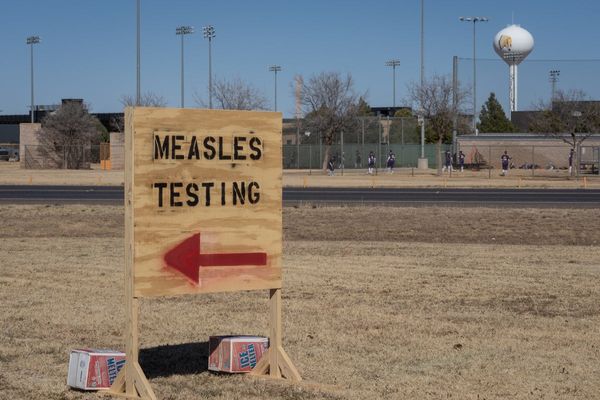
The team is looking to build on the development trajectory that it pursued during 2023 and the most obvious alteration is the design of the sidepods.
This is a continuation of the development made by Haas at the United States Grand Prix last season. Its ability to fully commit to the downwash ramp-style sidepod solution was scuppered by the lower of the two Side Impact Spars (SIS) being located within the lower portion of the sidepod, whereas the other teams had housed theirs within the confines of the floor.
A large blister on the surface of the floor on the VF-24 confirms it has now taken that approach, which has allowed designers to not only expand the size of the undercut but also refine the position and shape of the inlet.
Notably, this now echoes the Red Bull RB19's design, with an elongated lower lip used to define the airflow's passage either into or around the sidepod inlet.
The upper surface of the sidepod is also smoother, as the team appears to have moved away from the shallow gully adaptation that the late-season update provided. A downward-facing cooling cannon also divides the sidepod and engine cover bodywork, with an outlet guided into the rear suspension and coke bottle region.
The engine cover features the now almost ubiquitous shelf-like extension that divides the two sections of bodywork and provides contours for the airflow to follow at the rear of the car.
Meanwhile, the extra-large cooling gills that were a feature of the update in 2023 have also been reduced in size, but there might be scope for some panels to be exchanged when temperatures exceed what this layout can resolve.

The upper section of the engine cover has also been widened, likely to accommodate any ancillaries that have been posted up above the power unit, which will also be cooled by the enlarged airbox layout.
The triangular roll hoop remains but is now an internal component within a more conventional conical airbox layout, with two inlets created either side of the central inlet.
The airbox ears have also been retained but now sit much closer to the airbox, owing to its greater width.

At the front of the car, the team has retained the outwashing slot gap separator brackets between the upper two elements and the low rear quarter winglet that's mounted on the endplate above the uppermost flap element.
But a new feature takes inspiration from Mercedes, as it has semi-detached the three rearmost flaps from the endplate, twisting them across the plane while adding an additional winglet between them and the upper one.
As is the case with Mercedes, these help to control the outwash in conjunction with the shape of the endplate and the diveplane, which in this case is an S-shaped appendage.

At the rear of the car, the team appears to have been influenced by Alpine, albeit we've seen several teams – including McLaren, Red Bull, AlphaTauri (now VCARB) and Aston Martin – all design their own variants of the semi-detached rear wing tip solution in 2023.
In this instance, Haas has continued to arc the leading edge of the tip section to marry it with the mainplane but, like the others it now only sits on top of a spar, rather than being connected to the mainplane and endplate juncture.
This allows the designers to redefine the shape of the tip section and the rear endplate cutout to improve efficiency across the wing's design, which will have an impact on the downforce and drag being generated.

There's also a bi-plane beam wing arrangement being employed to serve a similar purpose, with other configurations likely available to help balance the downforce and drag levels required, depending on the circuit characteristics it's visiting.
Given these are only renders it's fair to say that Haas might not be revealing all of its cards at this stage and of course, we're unable to really see many of the more intricate details around the floor and diffuser in these shots, which leaves us with plenty to cast our eyes over when the real car debuts in a few weeks' time.







